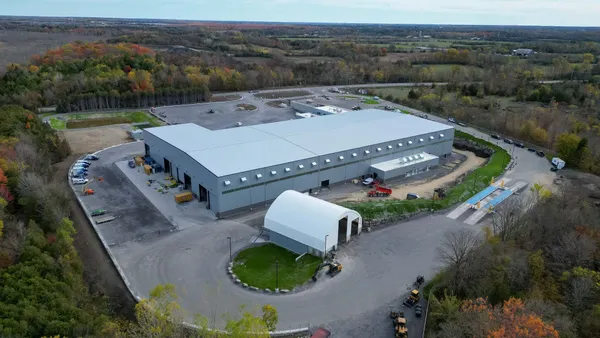Dive Brief:
- Southeast Texas has been rocked by Hurricane Harvey, a now-tropcial storm that made landfall on Aug. 25 as a Category 4 hurricane. Since hitting Texas, the storm has caused flooding in Houston and multiple surrounding cities, in an event that the National Weather Service has called "unprecedented."
- Many towns the storm passed through, including Corpus Christi and Aransas Pass, are now assessing the trash and debris that Harvey left behind. While it is unknown what the overall damage will look like across Texas, Brock Long of the Federal Emergency Management Agency has said cleanup and recovery will likely take "years."
- Companies like Houston-based Waste Management and Texas Disposal Systems have turned to social media to keep customers in the loop on service updates, debris management, and most importantly to promote safety.
For up-to-date service alerts, please visit https://t.co/oadFNqqEL8 pic.twitter.com/XdBzdtLKr9
— WM_TEXOMA (@WM_Texoma) August 25, 2017
Dive Insight:
J. Marshall Shepherd, director of the atmospheric sciences program at the University of Georgia, told The New York Times that Harvey "could go down as the worst flood disaster in U.S. history." The effects of Harvey have been compared to Hurricane Katrina, a 2005 hurricane that destroyed tens of thousands of homes on the Gulf Cost and resulted in years of recovery. In 2008, three years after the hurricane, the U.S. Government Accountability Office reported that affected areas were still facing significant debris management issues and challenges — which indicates that areas affect by Harvey may also be in for a multi-year cleanup.
It is hard to predict the exact devastation that Hurricane Harvey will cause, as 50 inches of rain are still predicted to fall in parts of Texas over the next few days. Southeast Texas will be in dire need of resources as it faces years of cleanup and reconstruction and all Texas-based solid waste companies and sanitation departments must brace for a long road to recovery.
Social media may prove to be one of the most resourceful tools for waste companies and departments to connect with customers over the next few weeks. Social media also allows cities and companies to offer visual graphics to guide in cleanup efforts, which could have a lasting impact moving forward.










